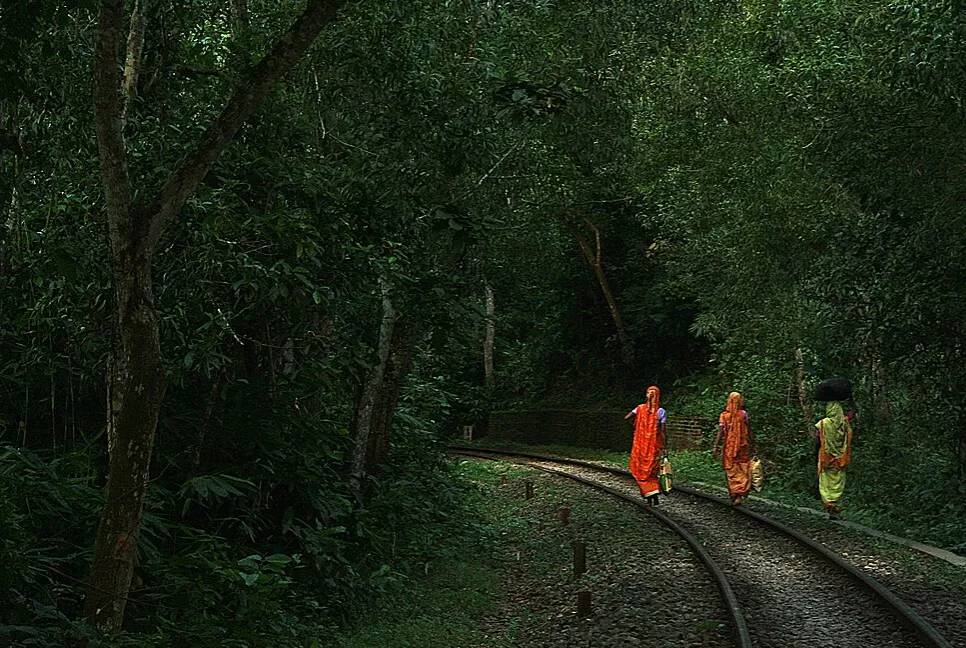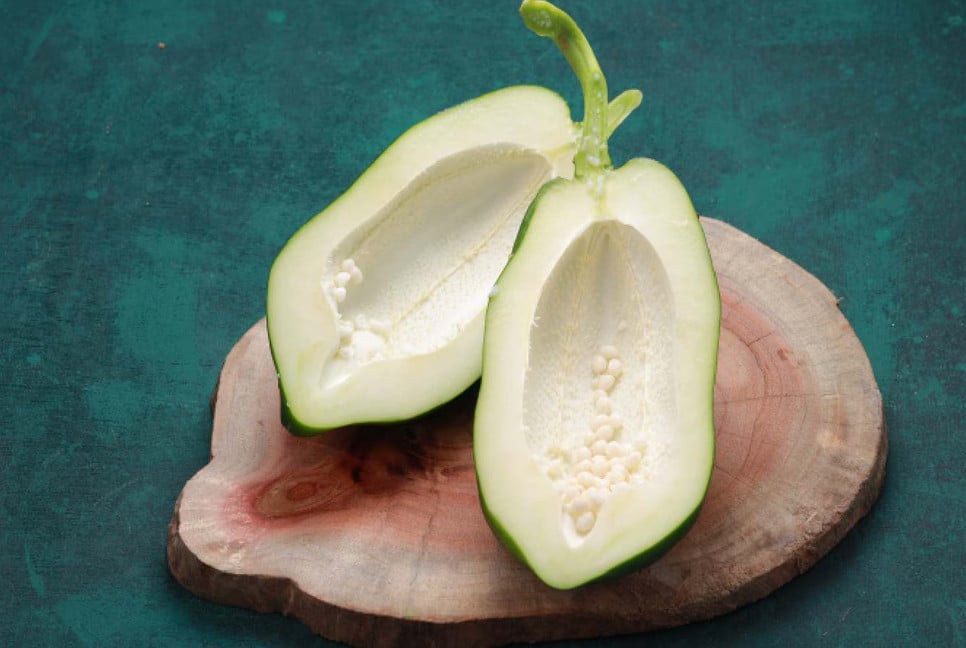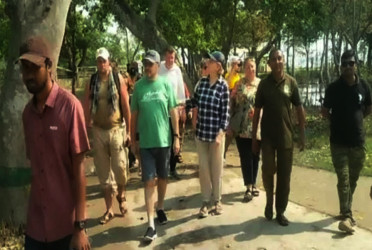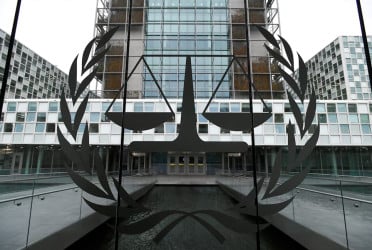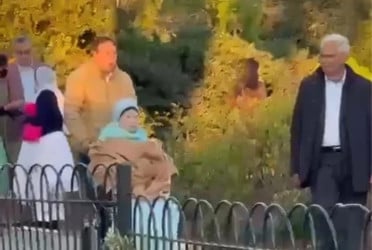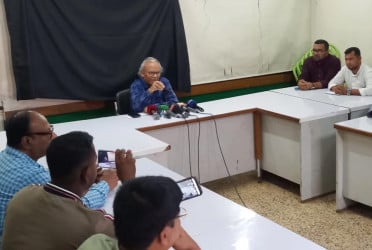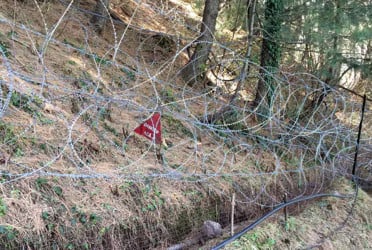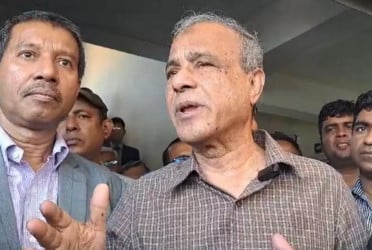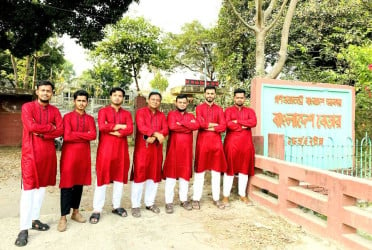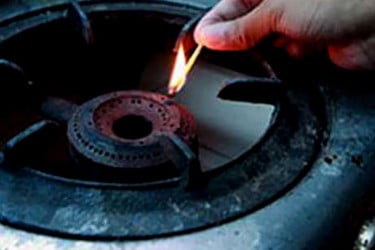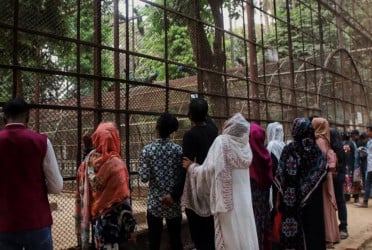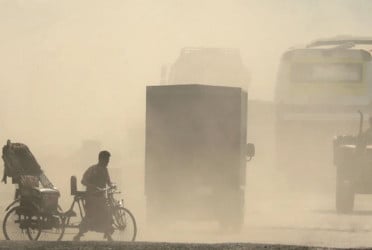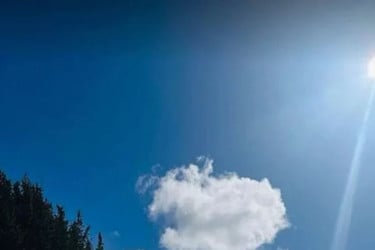Lawachara National Park is a prominent national park in the country. It is known for its extensive forest reserves with diverse flora and fauna in and around the park. Being a national park, Lawachara is a must-visit place for anyone travelling around Sreemangal and Moulvibazar. Here’s everything you need to know about touring the famous natural reserve of Bangladesh.
Lawachara National Park is situated in Kamalganj upazila of Moulvibazar district. The reserved forest covers approximately 27.4 sq km of land of which Lawachara covers around 12.5 sq km.
The government recognized Lawachara as a protected national park on July 7, 1996, under the Wildlife Act of 1974.
How to go? There are several ways to get to Lawachara National Park. Visitors wanting to visit the park will need to get to Sreemangal first. There's an option for both trains and buses to get to Sreemangal from Dhaka.
The Upaban/Jayantika, Parabat, Kalni, and Surma Mail Express trains go to Sylhet via Sreemangal. The typical cost of a ticket is around Tk 240 excluding VAT for a chair coach seat.
There are several points in Dhaka like TT Para, Chittagong Road, Kalyanpur, and Maniknagar from where buses leave for Sreemangal. Options for buses include Shymoli, Hanif, Ena, etc. The price of a ticket is around Tk 570 to Tk 700.
From Sreemangal, tourists will either need to hire a CNG-run autorickshaw or a Chander Gari to get to the national park. The cost of a whole-day reservation for a CNG-run autorickshaw is around Tk 1,200 to Tk 1,500 and for Chander Gari, it is around Tk 1,800 to Tk 2,000.
Lawachara National Park is a reserve forest. So it is not possible to stay inside the park overnight. Visitors will have to get an entry ticket for Tk 50. For students and children, the ticket is Tk 20 and for foreign nationals, it is Tk 500. There’s an additional Tk 25 fee for parking reserved vehicles. Tour guides inside the forest will cost around Tk 300 for 1 hour.
Lawachara is home to 460 different species including plants, reptiles, birds, and mammals. The park is famous for being the sanctuary for endangered western hoolock gibbons (Ulluk). Other rare animals including Bengal slow loris, leopard cat, barking deer, capped langur, and Burmese pythons are mentionable.
There are also about 159 plant species in the park. Notable among them are the Ficus (fig) and Syzygium (brush cherries). These two have the most diverse genera in the park.
The best time to visit Lawachara National Park is from October to February as winter prevails during this time. The cool breeze and the winter fogs create a charming and mesmerizing experience in the park.
Source: UNB
Bd-pratidin/Golam Rosul

